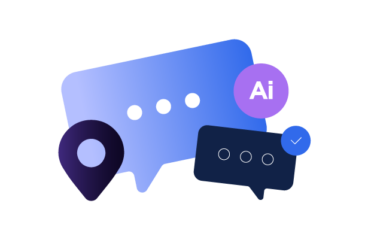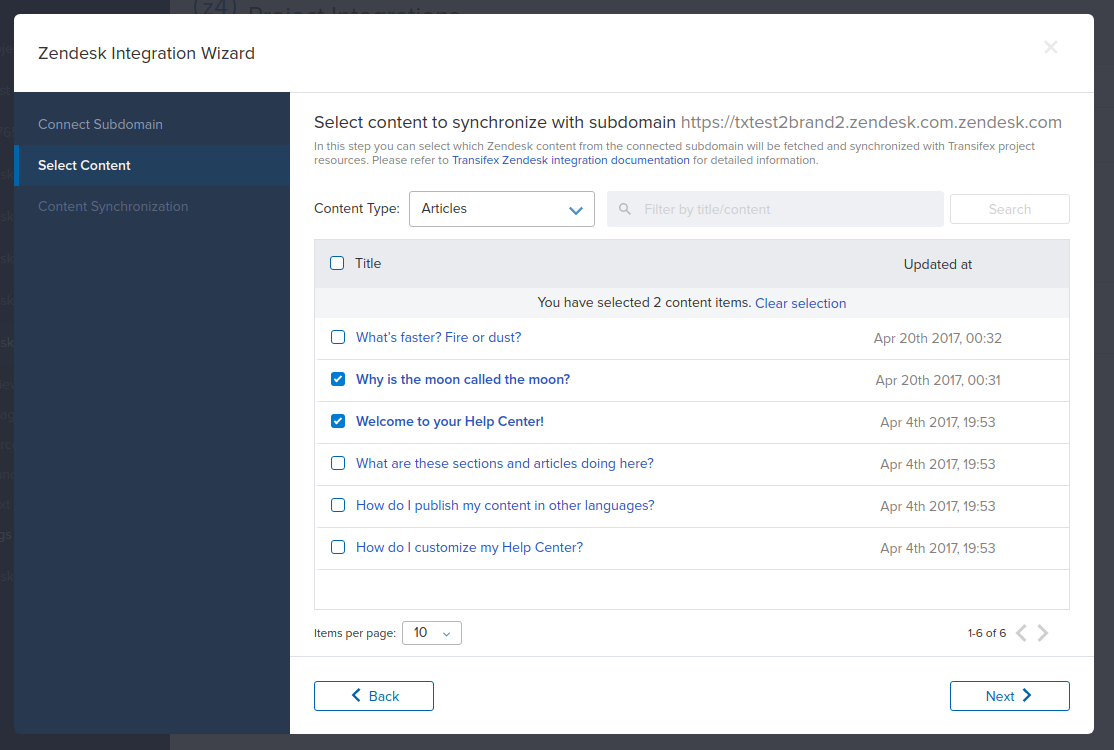
What is Multilingual Support and How It Can Boost your Customer Support?
Most businesses function well only when they feature a good connection and proper communication with the customer. This means that everything from the helpdesk to the actual sales requires continuous and effective communication. Nowadays, sending information to a whole lot of clients is made extremely easy with the help of technology. But it is how well you personalize that information that determines the extent of your relationship with your customer. If you are wondering how to, then a great place to start is with a multilingual support center. This can be complemented with multilingual documentation. Wondering why?
People feel most engaged and involved when they speak in their native language. The key part of trusting any business is the feeling of being engaged or at home. Besides, the knowledge that they can speak their mind without having to browse for the right word, helps while asking for help ensures a healthy business-customer relationship. This is the point of a multilingual help-desk. Things are much clearer when explained in a native language as well.
Still doubtful? Let us take a deeper look at why multilingual support, in its many forms, will take your business further and establish a deeper bond with your client base.
How multilingual support improves your customer support?
Customers need support from any business they’re working with, and they want it at the moment (and the way) they need it. As a SaaS product ourselves, we do know that there may be hundreds of queries to a help desk every day, and it is not easy to browse through documentation and answer questions. Undoubtedly, your customer support agents and engineers at the help-desk do their best to guide customers to the best possible solution and answer their questions.
This means that you require your help desk to be just a click away for customers who face any dilemma. Customers need to know you are always available to help. But is this truly enough?
It would be a great feature if customers could access multilingual help desks to voice out their thoughts in a native language. Any multilingual documentation allows both the business and the customer to understand each other. Here comes the Transifex Zendesk integration. You can easily synchronize the content that is available in your help center. You can also sync the completed translations between Transifex and Zendesk.
This allows support localization teams to create the best user experience with the Help Center. It is also a great way to boost customer trust and grow.
How to enable multilingual support with Transifex Zendesk Integration
- You can configure your Zendesk Help Center to support multiple additional languages.
- You can sync your Zendesk with multiple languages configured to Transifex. This covers several types of content, including articles, dynamic content, categories, sections.
With a simple wizard interface to do this, you can sync with your subdomain, translate content, search and navigate the list of the content without it affecting existing selections, and so on.
- You can choose to push content to Zendesk on the criteria you set. This might be anything from content that is 100% translated, reviewed and/or proofread.
- You get to split dynamic content into phrases, which is great for content like macros.
- There are many translation options available, including:
- In-house team or translation agency of your preference
- Transifex partners
- Crowdsource within the community
- Machine translate like Google Translate or Bing.
- Syncing allows you to transfer multilingual documentation without the hassle. This is “support localization” done in the easiest way possible.
- Multilingual documents and support make it much easier for customers to reach out to you with their queries, get solutions, and Transifex’s Zendesk lets you reach there as soon as possible.
Saving you and your agents a ton of time and effort, Transifex does all the heavy lifting. If you are committed to improving your customer’s experience, Transifex Zendesk is a great choice.
- Support localization through this tool makes multilingual help centers affordable and organized. You can easily separate the content in multiple languages, just like you have separated the one in your primary language. This gives a uniform set of instructions to all.
You can find here the complete Zendesk Guide Intergration.
Localized Help-Desk Benefits Your Customers and You
This is a great way forward for you, as well as your customers.
- First of all, localazation will allow you to make your business truly global. You can accept customers from different regions and backgrounds easily, and cater to their needs in a way that suits them best. This makes your brand trustworthy to many people, which in turn sets the base for a business that has the potential to attract customers from all over the world.
- Support agents do not have to spend a lot of time on trivial customer problems that arose because of communication issues. While this saves time, it also lets the customer know you are committed to solving problems quickly for them.
This is a sign of a good brand that values customers. It also prevents the customer from going outside for help, as everything is readily available with your multilingual help center, and they know they are well cared for.
- It takes away inconsistencies in customer help desks and experience in the case of businesses that are already catering to customers from different places.
Gear Up For The Best Multilingual Customer Support
Improving the knowledge transfer mechanism to both agents and your clients plays a significant role in reducing response time. This, in turn, goes a long way in raising satisfaction and trust in your ability to get the job done. This makes providing multilingual support an obvious step in developing good customer relations.
For an easy way to get the entire multilingual helpdesk and documentation set up, consider opting for the Transifex Zendesk integration. This removes the hassle of setting it up, is easy to use, and can significantly improve your customer experience.
After all, the customer is always right, and their comfort and trust is the stepping stone to a better relationship and future growth.
Related posts

AI Localization: Everything You Need to Know







